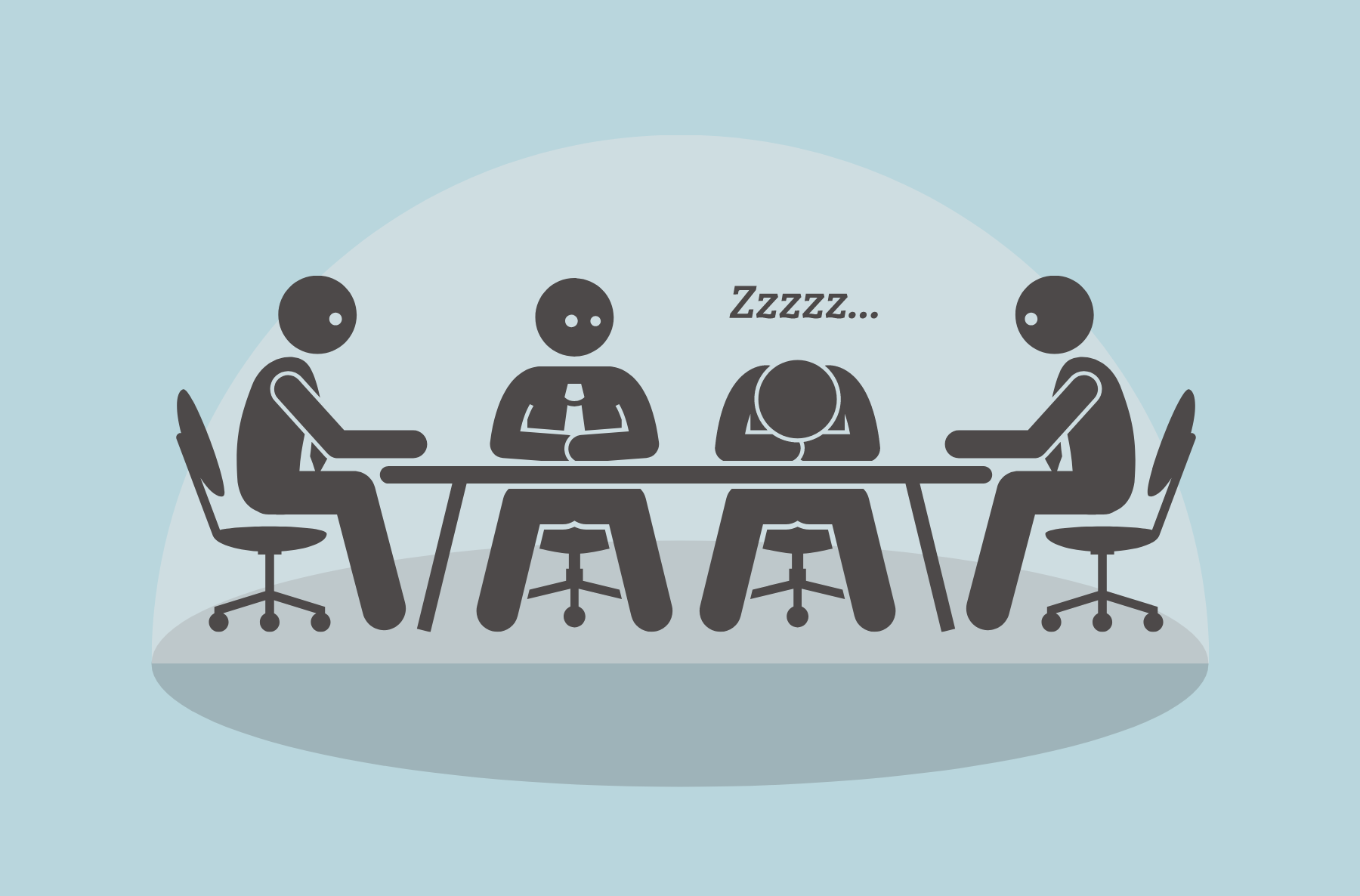Lack of Production: Reform or Fire?

Post Categories
Caitlin
Bad hires are costly and demoralizing. Some good workers spoil. Can you reform and help them return to glory?
1. Reassignment
If you hired someone, it means you thought they could do the job and mesh well with your company culture. Without undervaluing the importance of skills, that culture fit is often difficult to find and a critical factor in retention. For underperforming employees who show a good culture fit, it’s usually worth exploring the possibility of reassignment. Consider the skills they do excel at and whether those skills fit another role in the company. If you can get that employee in the right position, they may still thrive.
Takeaway: Sometimes, a person is a bad hire for a position, not for the company. Consider other places you can use that employee.
2. Set Performance Goals
Underperforming employees may not always understand the full range of performance expectations. Before letting someone go, consider setting up performance goals for them. This does several things for you. It communicates clearly to the employee what you expect from someone in their position. It gives them a chance to raise their game to the level you expect. You also give yourself some cover for letting them go if they really can’t meet expectations.
Takeaway: Replacing an employee soaks up resources. It’s better to give an underperforming employee a chance to improve before firing up the hiring process again.
4. Coaching and Mentoring
If they were a productive asset, chances are a personal problem is affecting performance. A little nurturing and empathy might be what is needed to help them break free of the problem and return to a higher work standard.
3. Fire
In some cases, the best course of action is to fire a bad hire. Anyone who lied about their skills, for example, should be fired immediately. New employees who get into repeated verbal altercations with coworkers need to go. Employees who can’t meet the demands of the position should also be fired. Once you make the decision, the hire isn’t working out, don’t procrastinate. The sooner they’re gone, the sooner you can find someone better suited to the position.
Takeaway: Treat firing as a necessary evil, but one that you commit to when it is essential.
Every company faces the occasional bad hire. Someone who looked good on paper or interviewed well underperforms or doesn’t integrate into the company culture. Before you fire them, consider alternatives like placing them into a different position or setting performance goals. These options can help someone find their footing at your company. Once you decide to fire someone, though, commit and follow through on it.
Need to replace a bad hire? Timpl can help you find candidates with the right skills and the right culture fit.


